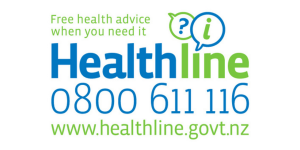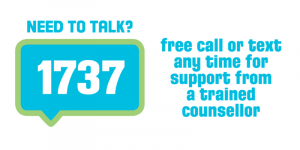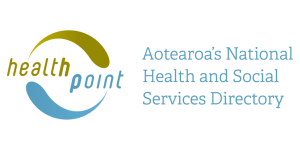Living well with osteoporosis
Tips from someone with personal experience
Key points about living well with osteoporosis
- Osteoporosis is a condition where your bones are thinner and weaker than normal, which means they can break more easily.
- It affects more than half of women and about one third of men over 60 years, as well as some younger people.
- On this page, Rachel shares her story of being diagnosed with osteoporosis in her 40s, along with tips to support bone density.
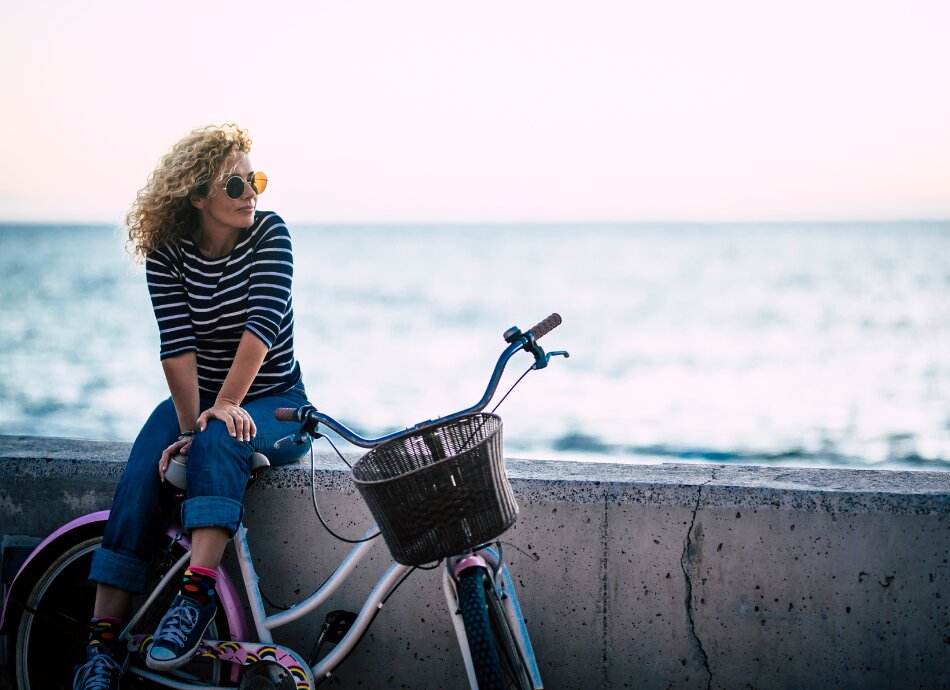
My osteoporosis experience started when I realised I was going into early menopause at the age of 34. I knew that my bone density was likely to decrease due to the hormonal changes linked to menopause, so I decided I’d pay privately to have a bone density scan (DEXA) to see what my base rate was. That way I could track any bone density loss.
To my horror I found I was already in the osteopenia range which meant that my bone density was already lower than normal for my age. I was glad I thought to do it, because nobody suggested to me it would be a good idea to have a check at that point.
I was then put on daily calcium supplements and advised to do weight bearing exercise and eat foods rich in calcium. I was a keen walker and owned a horse so was doing plenty of exercise with riding and carrying hay bales around!
I had 3-yearly DEXA scans from then on and my bone density continued to decrease until I was diagnosed with osteoporosis when I was in my 40s. I had also reached menopause.
I didn’t initially meet the criteria for funded osteoporosis medicine (Fosamax) because I hadn’t broken a bone recently – although I did have a broken arm and 2 broken toes as a teenager which may have been a signal that my bones weren’t particularly strong.
I was prescribed risedronate which didn’t have much effect. After a couple of years of taking it the side effects made it impossible for me to continue with it. (I had mild muscle cramps, and a headache on the day I took it, but the main problem was increasing tummy discomfort and a feeling of being full all the time.) By then the funding criteria had changed, and I was able to move to Fosamax.
After about a year, my bone density had finally begun to improve, and I was back into the osteopenia range. However, I reacted to that medicine as well and had to stop taking it when I started getting severe stomach pain. At that point, on advice from my doctor, I had a ‘medication holiday’ (apart from vitamin D) for a few years. When my next DEXA scan showed I had dropped down again, I had an intravenous infusion (Aclasta), fortunately without any side effects. I’m hoping that will have helped but won’t know until my next scan in a couple of years.
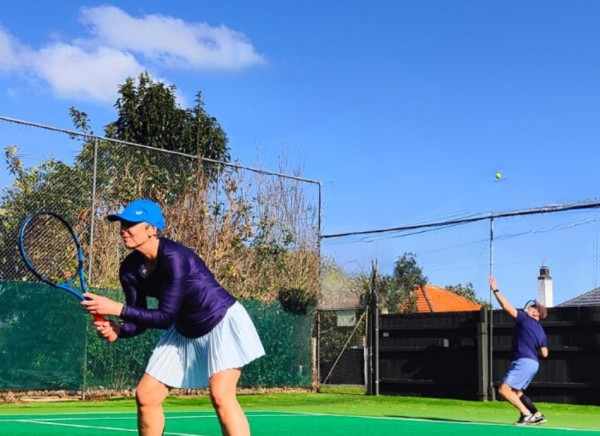
Image credit: Healthify He Puna Waiora
I'm now very aware of bone density concerns and often ask women I meet who are in their 50s or older, especially if they’ve had a break, whether they’ve had a bone density check. Most haven’t and I don’t think it’s on the radar of many healthcare providers to think about osteoporosis until women are in their 70s or 80s and have had a fall and broken something.
My advice is to have a check early on if:
- you have a family history of osteoporosis
- you went into menopause early
- you have a fine slender build.
If you do have low bone density, diet and exercise may not be enough and you are likely to need medicine to support your bone density. If in doubt, get it checked out!
By following these links you can find out more about osteoporosis, DEXA scans and what the results mean.(external link)
Credits: Healthify editorial team. Healthify is brought to you by Health Navigator Charitable Trust.
Last reviewed:


